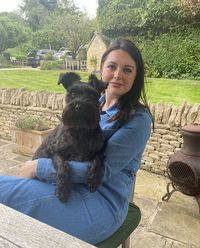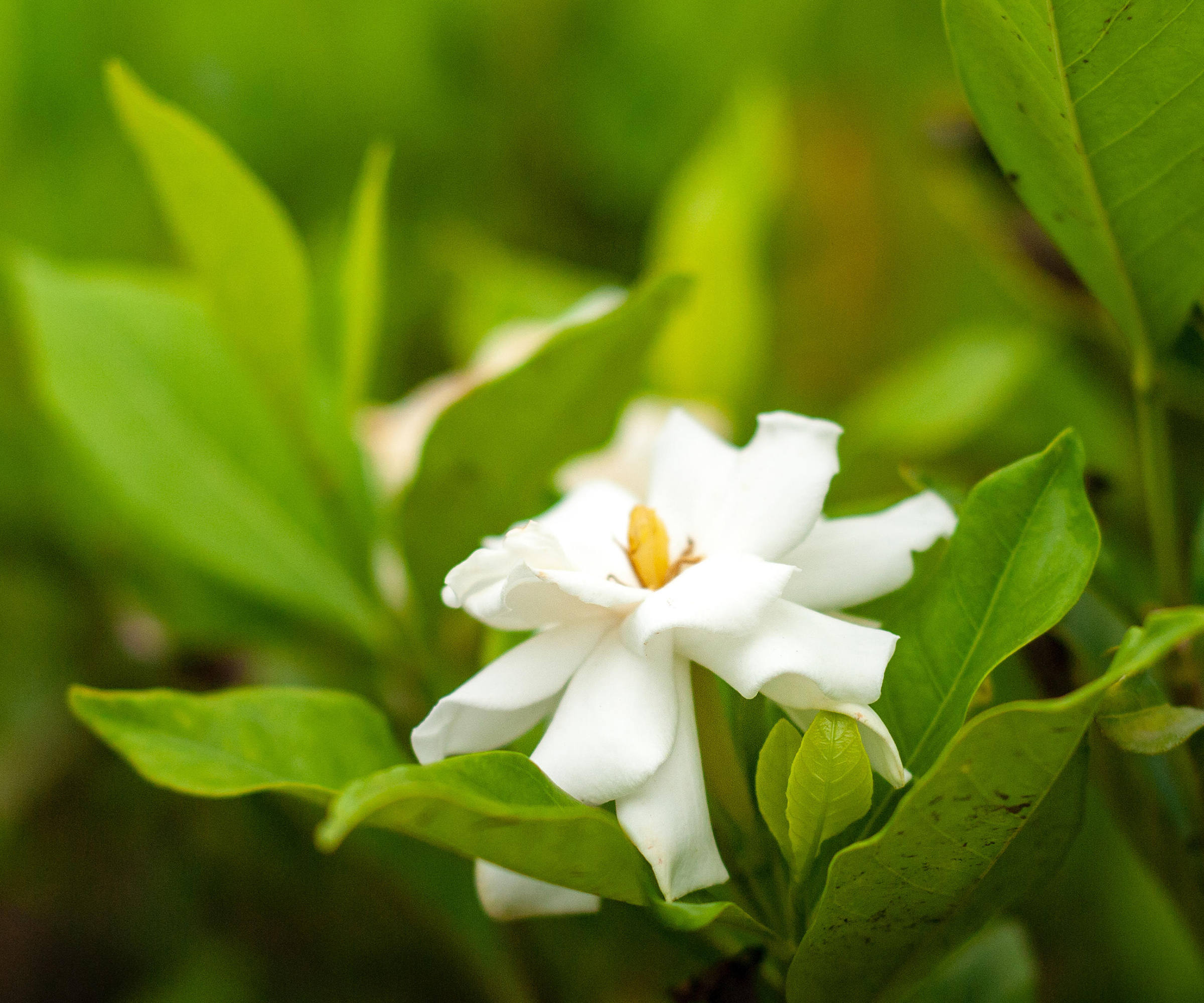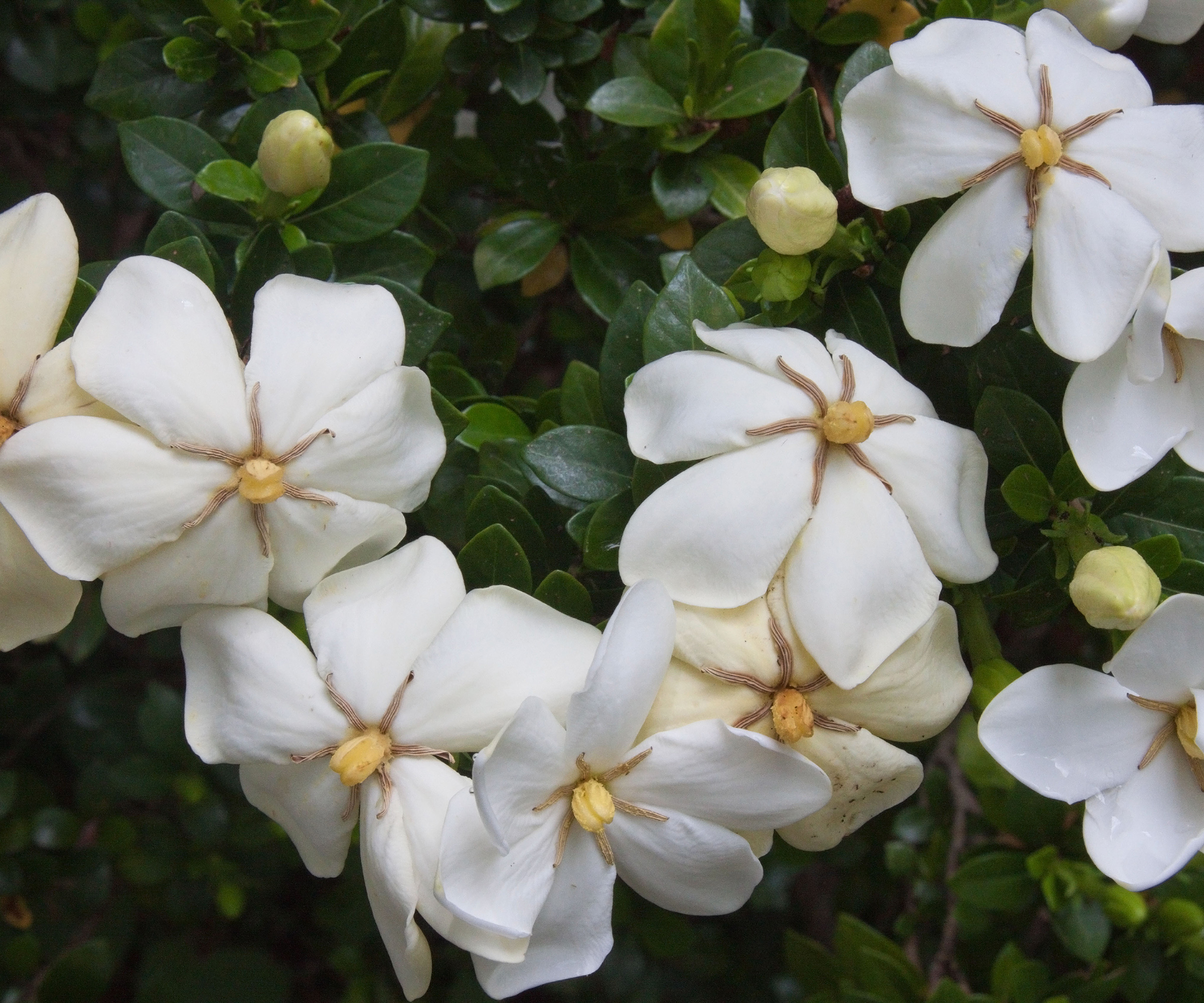How to deadhead gardenias – for an explosion of new flowers with a heady fragrance all summer long
You can get many more fragrant flowers from your gardenia if you deadhead correctly throughout the growing season


Gardenias have an army of devotees. They are reliable summer-flowering perennials, and in the summer, the air hangs heavy with their intoxicating scent. If you are the steward of a gardenia plant, or are wondering how to grow gardenia to maximise its flowering and fragrance potential, then you must learn how to deadhead gardenias properly.
Each gardenia flower can last for several weeks, but if left to its own devices, it will produce sporadic blooms, leading to a somewhat anticlimactic summer display and unexceptional scent that may have you doubting its garden worthiness. Rest assured, though, deadheading will supercharge flowering and transform a lacklustre gardenia into a highly floriferous plant.
So, brush off those secateurs and get snipping. Here we explain how to deadhead gardenias perfectly for full-throttle flowering all summer long.
Why you need to deadhead gardenias

Without being deadheaded, gardenias will cease being such generous flowerers and direct all of their energy into producing their seeds, to reproduce. It is important to deadhead the flowers before the plant goes on to produce its seed pod, because once the seed pod is formed, the plant will not create a new flower.
When deadheaded, gardenias go on to create a colossal cloud of spiral white flowers throughout the summer months, and in warm areas where the plant performs particularly well, few plants rival its spectacle.
Continuous deadheading right up to fall will ensure continued blooming, so keep going, keep snipping.
When to deadhead gardenias

You should deadhead the spent flowers on your gardenia plant every week throughout the entire blooming season, starting in spring, and you should stop deadheading your gardenia in late summer to early fall.
Design expertise in your inbox – from inspiring decorating ideas and beautiful celebrity homes to practical gardening advice and shopping round-ups.
September would be a good time to stop. Don't continue to deadhead into fall, as it will stimulate more growth that won't have time to harden off before winter, leaving it vulnerable to frost damage.
At this point, it is better to leave the spent blooms in place and let them produce their pretty seed pods, as these provide much-needed food for birds in fall and winter.
How to deadhead gardenias

Knowing how to deadhead gardenias is delightfully easy and faff free. The main thing to bear in mind is that consistency is key to success. You should be deadheading regularly and always removing any spent blooms as soon as you see them. Do not let your flowers go to seed at any point throughout spring and summer.
The second key to success is to be unsparing with your approach to deadheading gardenias. By being a little bit heavy-handed handed you won't harm your plant or thwart growth or blooming, quite the opposite, it will only return with even more of its pretty white spiral flowers and fill your garden with perfume.
Firstly, ensure your secateurs are clean. One of the most common deadheading mistakes is to skip this step and accidentally transfer diseases to your beloved plants.
Identify any spent blooms, looking for any wilting, browning, or limp flowers that are looking very sorry for themselves. Snip off the entire spent bloom just above a leaf set.
You can collect the spent flower heads in a bucket and add them to your compost bin. Or, instead of being composted, you can let them drop on top of the soil, and they will gently rot down into a mulch, and will add nutrients back into the soil.
Crucially, you must thoroughly water your plant after deadheading. If you are deadheading in spring, it is worth feeding your plant with fertilizer; if you are deadheading in summer, simply water thoroughly.
Shop deadheading essentials
It's also worth bearing in mind that gardenias like coffee grounds, as coffee grounds work as a mild, slow-release feed. You can apply this to the soil once a fortnight throughout summer to help give your gardenia all the nutrients it needs for yet more flowers.

Sophia Pouget de St Victor is the UK Content Editor at Homes & Gardens, bringing readers the latest trends, expert insights, and timeless design inspiration tailored to a UK audience. With a background in luxury interiors and a qualification in Garden Design from London, she has a passion for creating spaces with character and emotional depth. Sophia gravitates toward interiors that defy definition, valuing individuality and effortless elegance. She lives in West London with her partner, two mischievous terriers, and a plump cat named Lettuce.


